Advanced Dulbecco’s Modified Eagle Medium/F-12 (A-DMEM F-12)
Advanced Dulbecco’s Modified Eagle Medium/F-12 (A-DMEM F-12) needs 2-5% FBS and provides more consistency.
Description
Advanced Dulbecco′s Modified Eagle′s Medium/F-12 (A-DMEMF-12)
Background:
PurMa™ Advanced Dulbecco’s Modified Eagle Medium/F-12 (A-DMEM F-12) contains components that allow for a 60–90% reduction in FBS supplementation. More importantly, using synthetic components such as recombinant insulin, albumin, and transferrin increase consistency. This results in less variation amongst lot-to-lot serum changes. In Advanced DMEM F-12, L-Alanyl-L-Glutamine is used as the source of glutamine. Additionally, reducing FBS requirements lowers the cost of cell culture experiments.
A-DMEM F-12 Contains:
- Advanced Dulbecco’s Modified Eagle Medium/F-12 (A-DMEM F-12) contains all the twenty essential and non-essential amino acids with higher concentrations than regular and MAX formulations.
- It includes the elements which significantly reduce the need for a serum for cell culture.
Crucial Ingredients:
- PurMaTM Human Transferrin (Holo): prevents improper iron storage and delivery in cell culture systems which is a major contributor to oxidative stress and protein damage.
- PurMaTM Insulin Recombinant
- Trace of other elements which mimic the elements in fetal bovine serum.
Additionally, A-DMEM F-12 is a significant step toward a chemically defined form of this media. Undoubtedly, Chemically Defined DMEM F-12 (CD-DMEMF-12) is the outcome of decades of cutting-edge research. CD-DMEM F-12 will soon be offered globally to laboratories who are looking for consistency and repeatability among their data.
Formulation: Complete formulation is available here: Advanced DMEM-F12 Formulation
References:
- Clonal growth of mammalian cells in a chemically defined, synthetic medium . DULBECCO et al. 1959 Jul;8(3):396-7. doi: 10.1016 /0042-68 22(59)90043-1. PMID: 13669362.
- Plaque production by the polyoma virus. DULBECCO et al. 1959 Jul;8(3):396-7. doi: 10.1016/0042-6822(59)90043-1. PMID: 1366936.
- Evaluation of a simple protein free medium that supports high levels of monoclonal antibody production. Qi et al. 1996 Jun;21(2):95-109. doi: 10.1007/BF02215660. PMID: 22358660.
| Parameter | Specification |
|---|---|
| Appearance | Red, clear liquid |
| pH | 7.2 ± 0.1 |
| Osmolality | 275-360 mOsm/L |
| Endotoxin | NMT< 2EU/mL |
| Mycoplasma | Negative |
| Suitability | Suitable for mammalian cell culture |
| Additive | Sodium pyruvate |
| Indicator | Phenol red |
| Mycoplasma Detection | Negative |
| Sterility Tested | Sterile filtered using 0.22 µm filter |
| Form | Liquid |
| Shipping Condition | Room temperature |
Additional information
| Condition | A-DMEM F-12 Standard Formulation, A-DMEM F-12 w/o L-Alanyl-L-Glutamine., A-DMEM F-12 w/o phenol Red, A-DMEM F-12 w/o Sodium Bicarbonate, A-DMEM F-12 w/o Sodium Pyruvate, A-DMEM F-12 w/o Glucose, A-DMEM F-12 w/o Lipoic Acid, A-DMEM F-12 w/o L-Alanyl-L-Glutamine, w/o phenol Red, A-DMEM F-12 w/o Phenol Red, w/o Sodium Bicarbonate, A-DMEM F-12 w/o Sodium Bicarbonate, w/o Sodium Pyruvate, A-DMEM F-12 w/o L-Alanyl-L-Glutamine, w/o Phenol Red, w/o Sodium Bicarbonate, A-DMEM F-12 w/o Phenol Red, w/o Sodium Bicarbonate, w/o Sodium Pyruvate, A-DMEM F-12 w/o L-Alanyl-L-Glutamine, w/o Phenol Red, w/o Sodium Bicarbonate, w/o Sodium Pyruvate, A-DMEM F-12 Low Glucose (1.5 g/L), A-DMEM F-12 Low Sodium Bicarbonate (1.2 g/L), A-DMEM F-12 15 mM HEPES (3.6 g/L), A-DMEM F-12 15 mM HEPES (3.6 g/L), Low Sodium Bicarbonate (1.2 g/L, A-DMEM F-12 w/o Sodium Pyruvate, w/o phenol Red, A-DMEM F-12 w/o Phenol Red, 15 mM HEPES (3.6 g/L), A-DMEM F-12 w/o Sodium Pyruvate, with 15 mM HEPES (3.6 g/L), A-DMEM F-12 w/o Phenol Red, Low Sodium Bicarbonate (1.2 g/L), A-DMEM F-12 w/o Sodium Pyruvate, Low Sodium Bicarbonate (1.2 g/L), A-DMEM F-12 w/o Sodium Pyruvate, w/o Phenol Red, with 15 mM HEPES (3.6 g/L), Low Sodium Bicarbonate (1.2 g/L), A-DMEM F-12 w/o Phenol Red, w/o Sodium Pyruvate, with 15 mM HEPES (3.6 g/L), A-DMEM F-12 w/o Phenol Red, with 15 mM HEPES (3.6 g/L), Low Sodium Bicarbonate (1.2 g/L), A-DMEM F-12 w/o Sodium Pyruvate, with 15 mM HEPES (3.6 g/L), Low Sodium Bicarbonate (1.2 g/L), A-DMEM F-12 High Glucose (4.5 g/L) |
|---|---|
| Format | Liquid, Powder |
| Size | 1 X 10L ( Powder), 1 X 50 L (Powder), 10 X 1 L EZ Individually Packed ( Powder), 50 X 1EZ Individually Packed (Powder), 1 x 500 ml, 6 x 500 ml, 1 x 1000 ml, 6 x 1000 ml |
Quality Control
[vc-quality-control-tab]Only logged in customers who have purchased this product may leave a review.
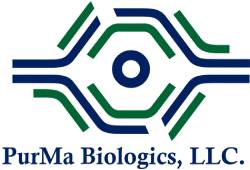
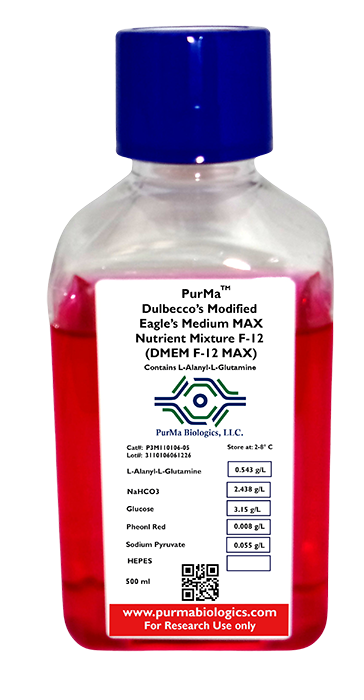
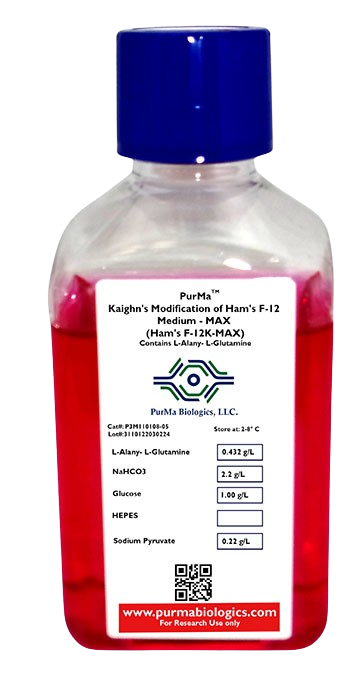
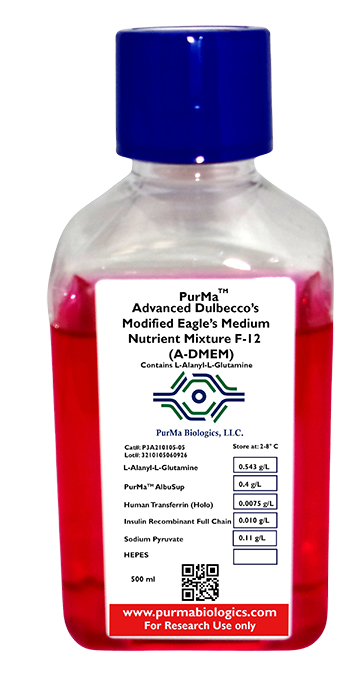
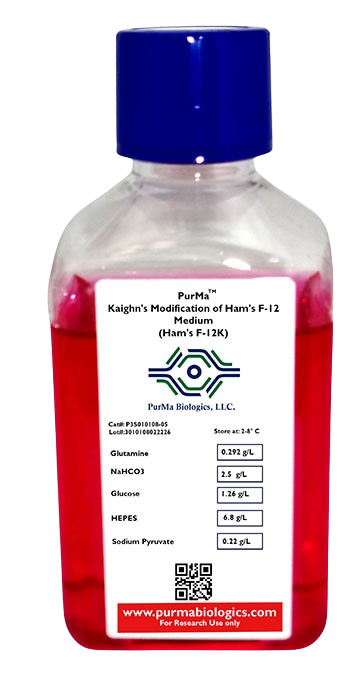
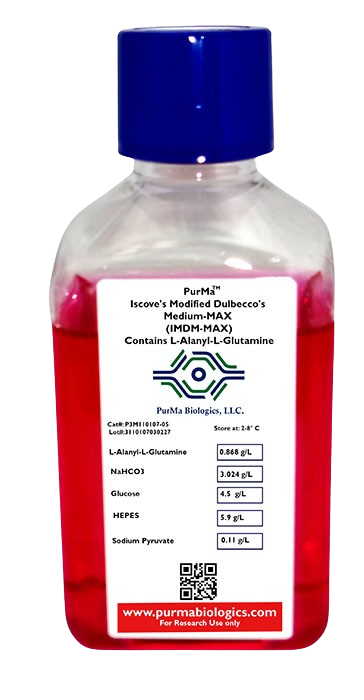
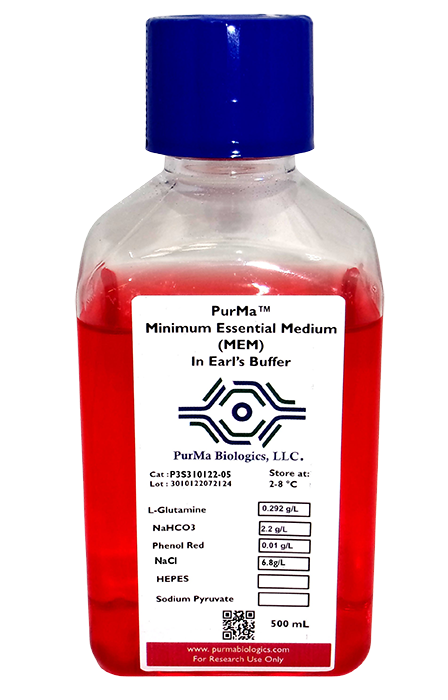
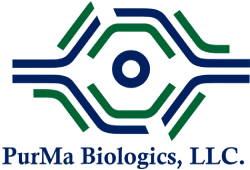
Reviews
There are no reviews yet.